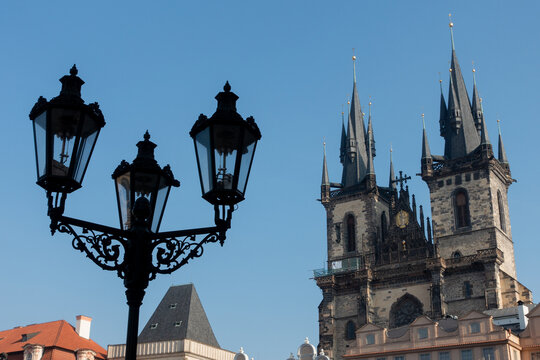Top 7 Business Opportunities with Prague.info
Transform your Prague-focused venture with this premium domain that instantly positions you as the go-to authority for everything Prague-related.
Perfect Business Models for Prague.info:
- Prague Tourism Portal: Comprehensive travel guides, attractions, and visitor information
- Business Directory: Complete listing of Prague companies, services, and professionals
- Real Estate Platform: Prague property listings, rentals, and investment opportunities
- Event & Entertainment Hub: Prague concerts, festivals, nightlife, and cultural events
- Restaurant & Dining Guide: Complete Prague culinary scene coverage
- Local News & Information: Prague city news, updates, and community information
- Educational Resources: Prague history, culture, and Czech language learning



